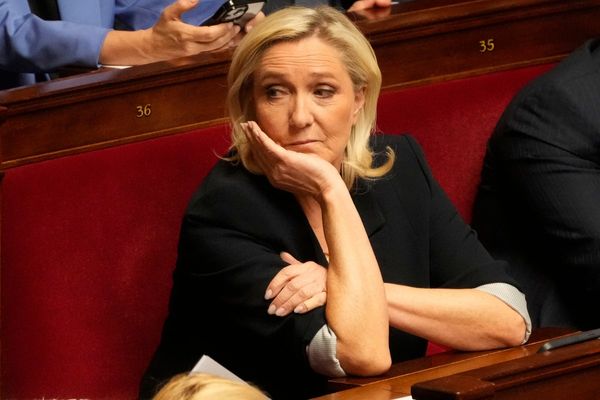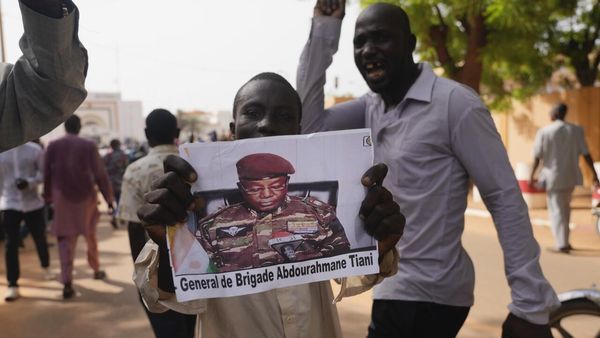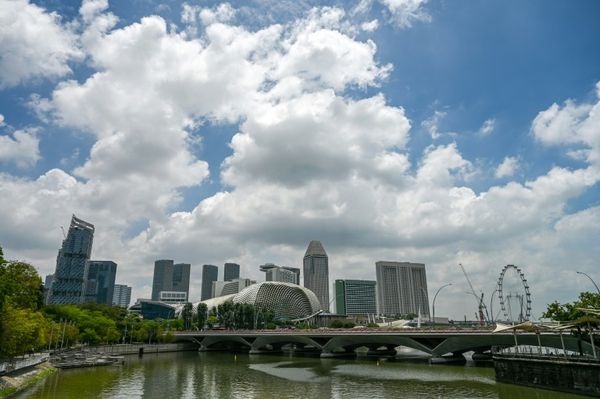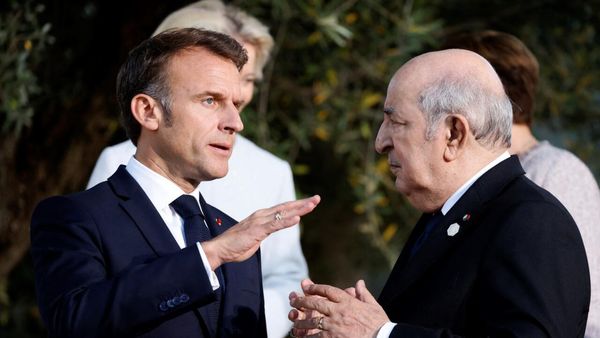
The ring of fire is a 40,000km long horseshoe shaped belt that wraps around the Pacific Ocean.
The ring, also known as the Circum-Pacific Belt, is home to 75% of the world’s active volcanoes, and 90% of its earthquakes. Many of the world’s most powerful earthquakes have occurred along this zone, including the 1960 Valdivia Earthquake, which had a magnitude of 9.5 on the moment magnitude scale, and the 1964 Alaska Earthquake, with a magnitude of 9.2.
The area is prone to seismic activity due to the large number of fault zones – or areas where tectonic plates overlap with each other and collide, causing earthquakes. The belt is also home to the deepest part of the ocean – the Mariana Trench – formed when the Pacific plate was pushed under the Philippine Sea plate.
The ring runs through fifteen countries, including Indonesia, New Zealand, the Philippines, Japan, the US, Canada, Russia, Guatemala, Peru and Chile.
It’s not the only earthquake belt – the Alpide seismic belt, which runs from Sumatra through to the Atlantic, accounts for 20% of the world’s largest earthquakes, and a belt running along the mid-Atlantic ridge runs directly under Iceland, which has experienced earthquakes as large as 7.1.







